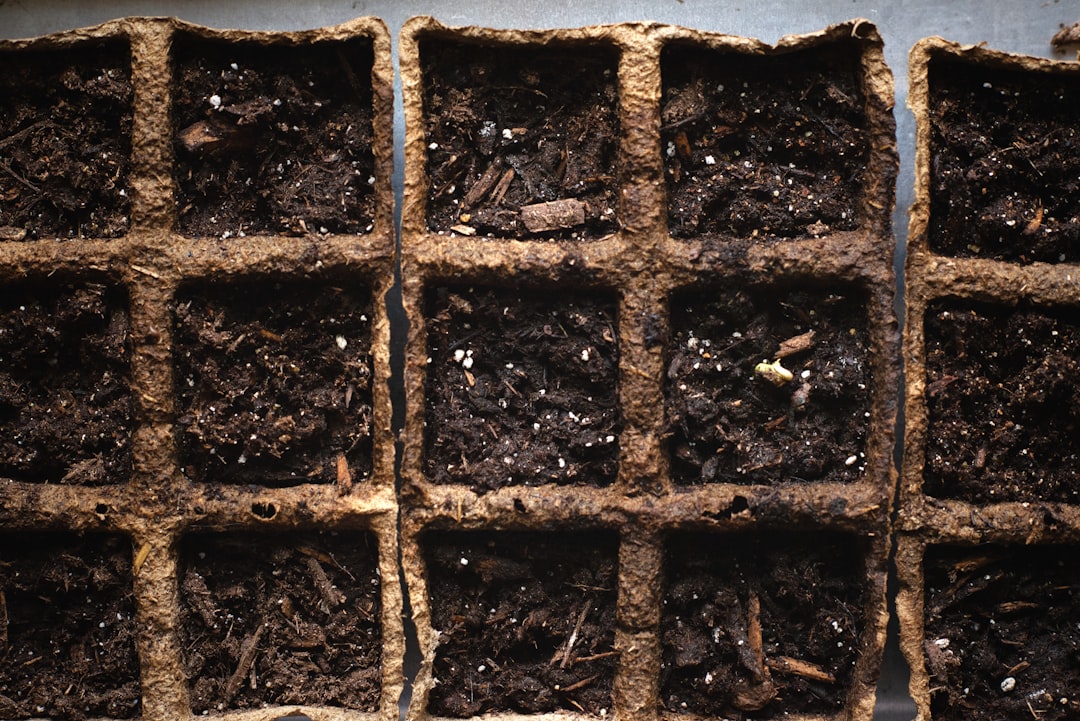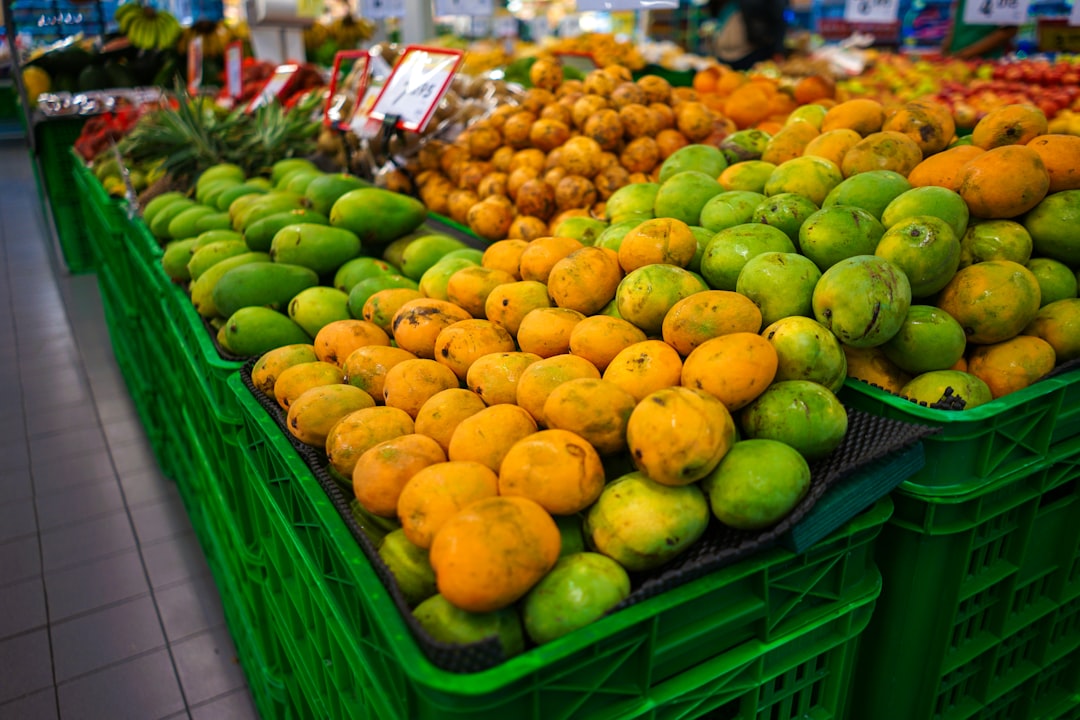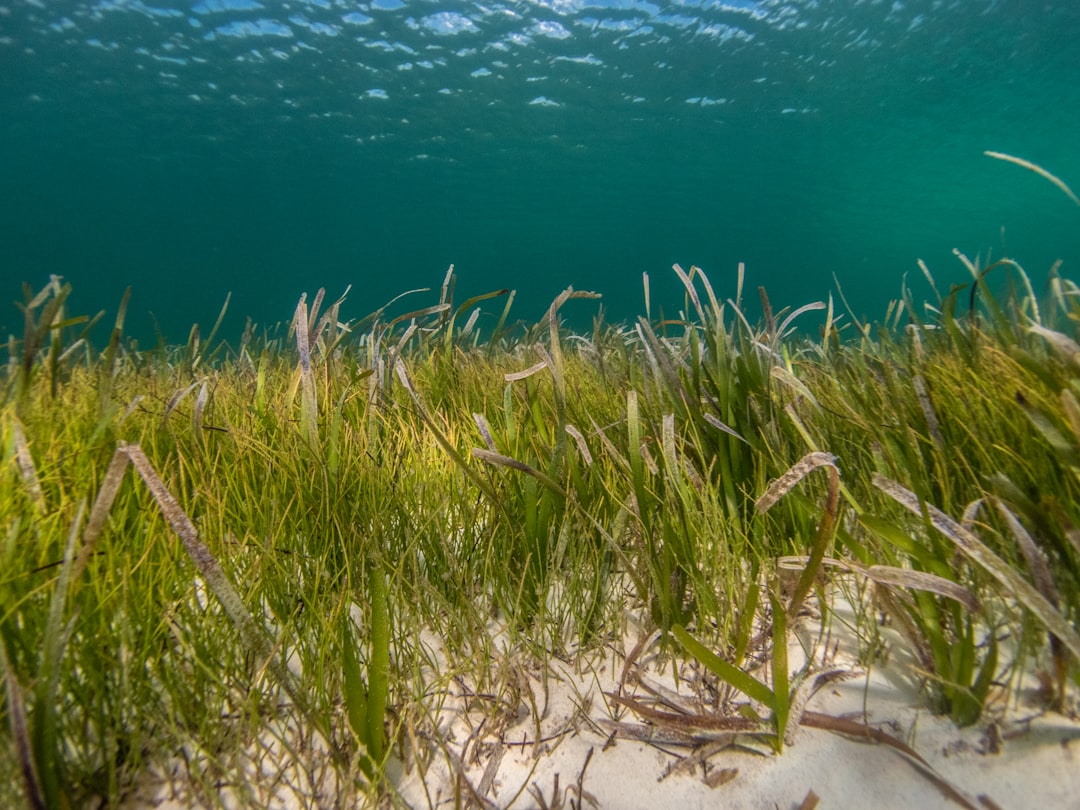What is it about?
Adaxial and abaxial petal epidermises of the blue-flowered Lysimachia arvensis consist of elongated, multi-micro-papillate cells, which may aid the rapid petal expansion. The epidermal cells are covered by a wrinkled relief, which is further ornamented by submicron features that increase in size the surface area of lobes; this may be a well-adapted mechanism of the small-sized flowers of L. arvensis with the short life span. The sculpturally increased surface area of adaxial epidermal cells of petals is expected to contribute to optical and adhesive properties, and wettability of the floral tissues. The adaxial and the abaxial petal surfaces of L. arvensis possess submicron cuticular folds, smaller than the sub-wavelength visible spectrum, which reflect radiation of shorter rather than longer wavelengths, whereas intense absorption was detected in the red spectral region. Also, three-celled capitate trichomes with a pigmented spherical head, which are densely distributed at the corolla margins of L. arvensis, may be involved in adhesive, defensive and functional properties of the floral tissues.
Featured Image
Why is it important?
Petals of Lysimachia arvensis seem to be UV protected by means of high absorption (> 80%) in the UV wavelength range. The UV absorptive, dark patch in the central part of the flower contrasts against the mid-part of the lobe and the periphery; this is shown to be a feature of flower recognition and a guide to floral visitors, which concomitantly preserve pollen grains from injurious effects of UV radiation.
Perspectives
Lysimachia arvensis (L.) U. Manns & Anderb. (Primulaceae), formerly known as Anagallis arvensis L., is a slender little plant, creeping on the ground with spreading stems in wild and cultivated fields, on road sides and in gardens, and considerable research has focused on it. Lysimachia arvensis is probably native to the Mediterranean region that has been dispersed world-wide. However, over the last few decades, the number and size of populations of this species declined due to modern land-use techniques, application of fertilizers, herbicide use and cleaning procedures.
Professor Sophia Rhizopoulou
National and Kapodistrian University of Athens
Read the Original
This page is a summary of: Study of petal topography ofLysimachia arvensisgrown under natural conditions, Acta Botanica Gallica, October 2015, Taylor & Francis,
DOI: 10.1080/12538078.2015.1091985.
You can read the full text:
Contributors
The following have contributed to this page










